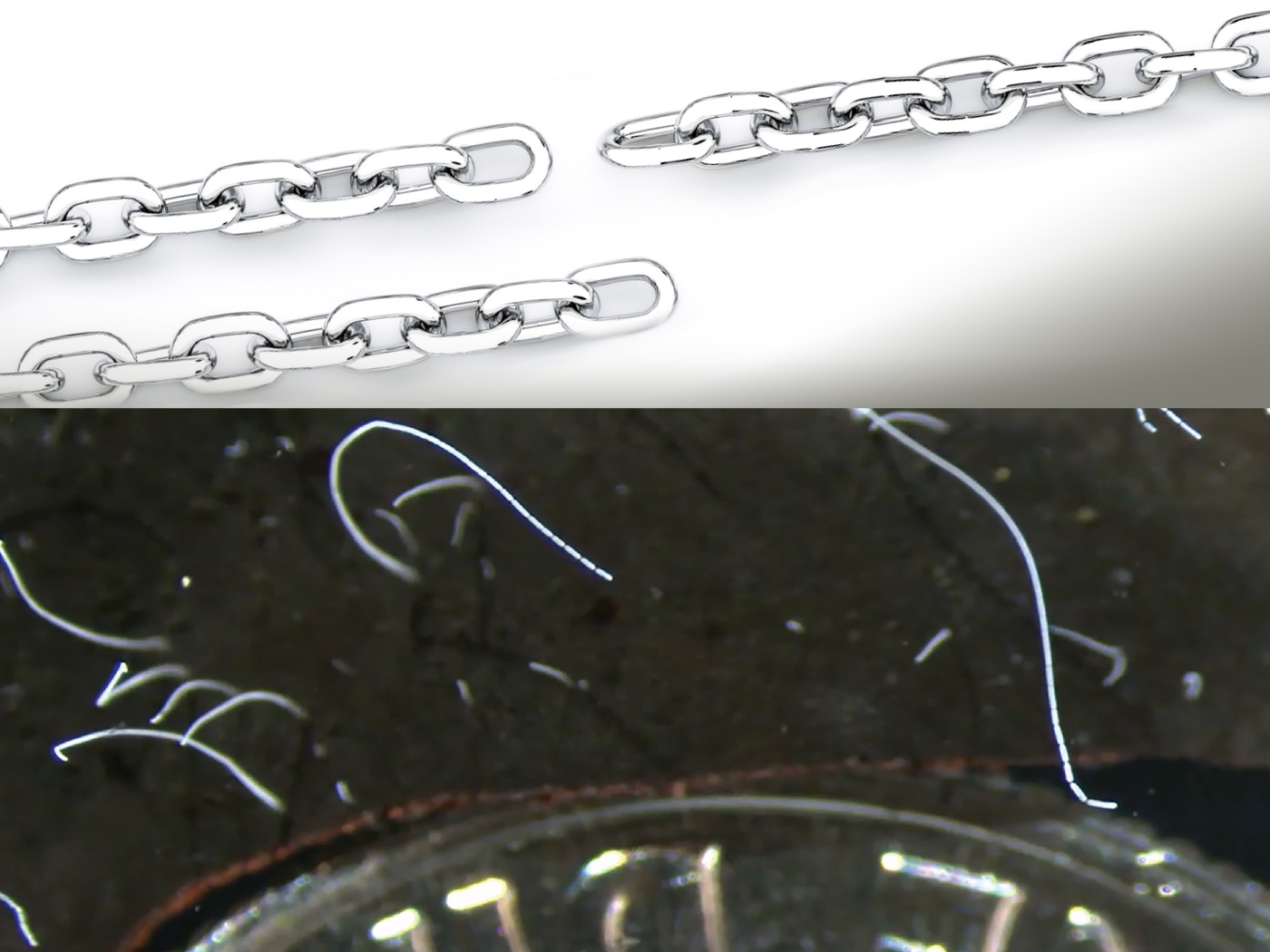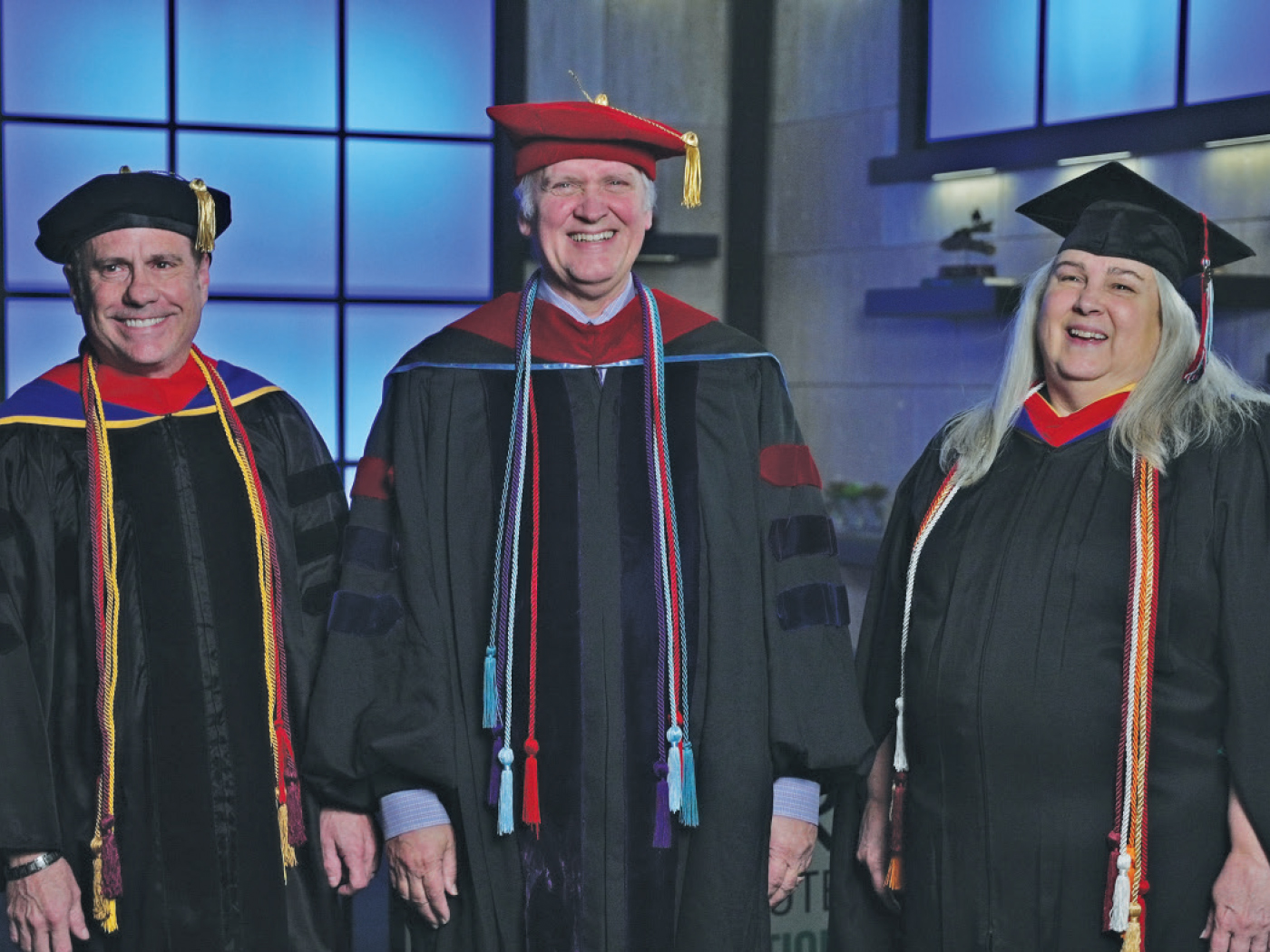In a recent piece in Scientific American, neuroscientist Trevor Lamb wrote that vertebrate eyes contain numerous defects that he called "the scars of evolution." He cited these "flaws" as powerful evidence that blind evolutionary forces are responsible for the "invention" of eyes.1 But research has proven that these supposed defects are entirely fictional.
Lamb described the first "flaw" in vertebrate eyes:
The retina is inside out, so light has to pass through the whole thickness of the retina…through the intervening nerve fibers and cell bodies that scatter the light and degrade image quality…before reaching the light-sensitive photoreceptors.1
Light does indeed pass through the whole thickness of the retina, but it does not intersect the intervening nerve cell bodies. This is because special funnel-shaped Müller cells channel light through the retina directly to the photoreceptors at the back of the eye, so that the image quality is excellent.2 Far from being flawed, this arrangement serves to protect the photoreceptors from damaging UV light and allows them access to nutritive fluid.3
And not only is the light not scattered before it reaches the photoreceptors, but the Müller cells actually refine incoming light, reducing scatter. Why did Lamb fail to mention this, or the fact that retinal neurons are organized to maximize reception of incoming light?
In a report published in the journal PLoS Biology in 2009, researchers from California wrote, "The observed RFs [receptive fields] approached an optimal arrangement."4 It is not possible for a system that is "inside out," which implies a need for improvement, to also be "optimal," meaning that it cannot be improved.
The second "flaw" Lamb offers is equally fallacious. He wrote, "Blood vessels also line the inner surface of the retina, casting unwanted shadows onto the photoreceptor layer."1 The blood vessels are certainly there, but where is there any evidence of shadows? The Müller cells in vertebrate eyes act as optic fibers, literally bending light around blood vessels. Plus, without those blood vessels, there would be insufficient nutrient exchange. Inner-surface retinal blood vessels are only "unwanted" by those who don't want to see their ideal fit in the eye's internal structures.
The last supposed defect Lamb noted was that "the retina has a blind spot where the nerve fibers that run across its surface congregate before tunneling out through the retina to emerge behind it as the optic nerve."1 The retina does provide a tunnel for nerves to access the brain, but this is a necessary byproduct of having the optimal setup for the photoreceptors. And nobody with normal vision experiences a blind spot because it is fully compensated for by ingenious design features.
For example, the entry point for the retinal nerve bundle has been purposefully offset. This way, the area of highest-intensity visual detection at the center of the retina, called the fovea, is undisturbed. Also, the optical processing software in the brain constantly generates a flawless "fill-in" image to mask the blind spot.5
Not only do healthy eyes have no deficiencies, but even evolutionary researchers have recently admitted that they cannot be improved upon.6 This means that the supposed flaws listed by Lamb only apply to an imaginary, straw-man version of the vertebrate eye.
Those who insist that eyes have flawed construction should try making better eyes themselves. At the very least, they should get an updated education on the exquisite anatomy that they too easily criticize.
References
- Lamb, T. D. 2011. Evolution of the Eye. Scientific American. 305 (1): 64-69.
- Franze, K. et al. 2007. Müller cells are living optical fibers in the vertebrate retina. Proceedings of the National Academy of Sciences. 104 (20): 8287-8292.
- Thomas, B. Retinal Coordination: Picture Perfect Presentation of Design. ICR News. Posted on icr.org April 15, 2009, accessed August 19, 2011.
- Gauthier, J. L. et al. 2009. Receptive Fields in Primate Retina Are Coordinated to Sample Visual Space More Uniformly. PLoS Biology. 7 (4): e1000063.
- Bergman, J. and J. Calkins. 2005. Is the Backwards Human Retina Evidence of Poor Design? Acts & Facts. 34 (10).
- For example, a 2010 article appearing in The New York Times reported, "Photoreceptors exemplify the principle of optimization." Angier, N. Seeing the Natural World With a Physicist's Lens. The New York Times. Posted on nytimes.com November 1, 2010, accessed August 18, 2011.
* Mr. Thomas is Science Writer at the Institute for Creation Research.
Article posted on August 24, 2011.



















